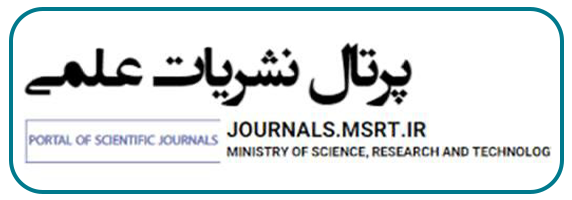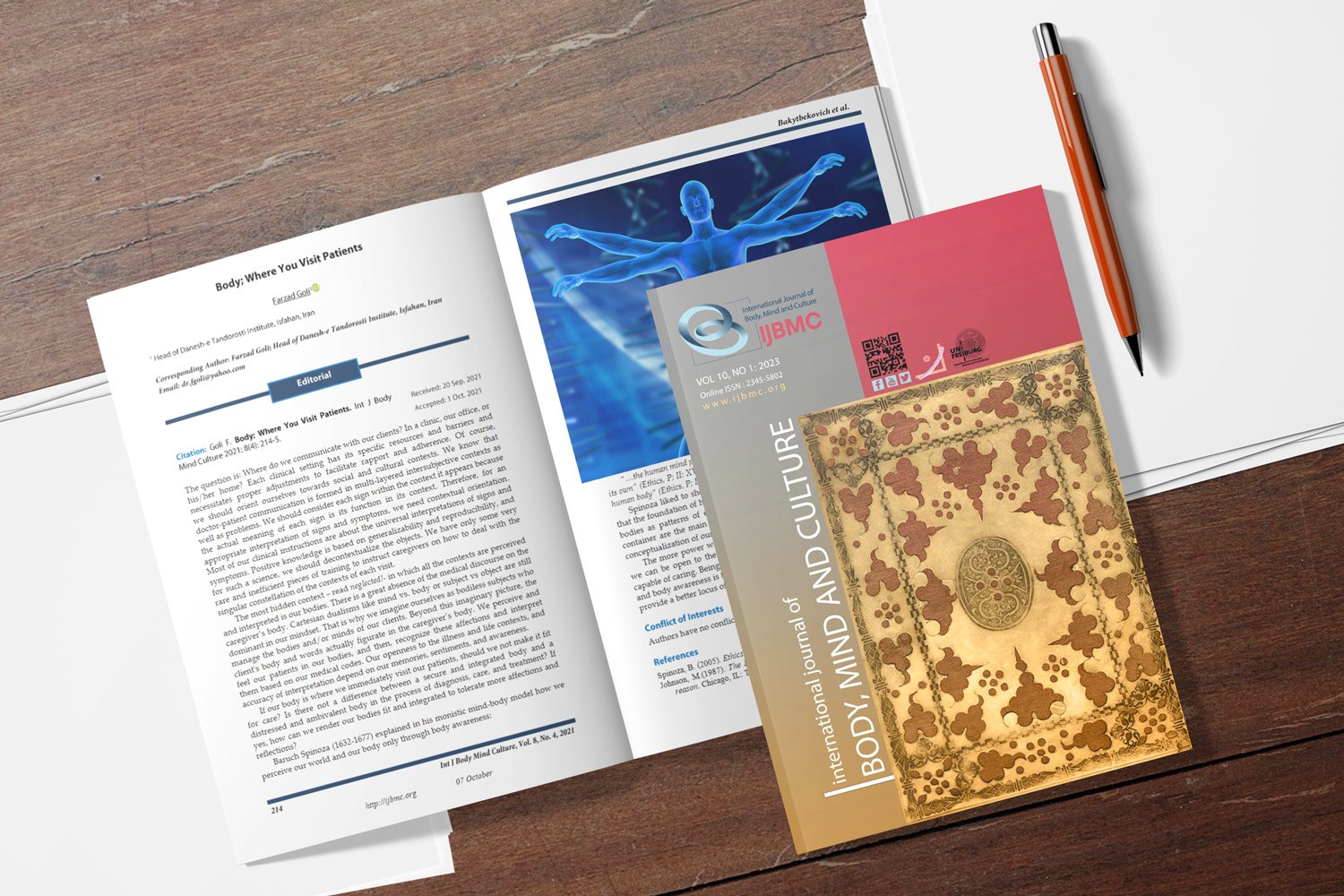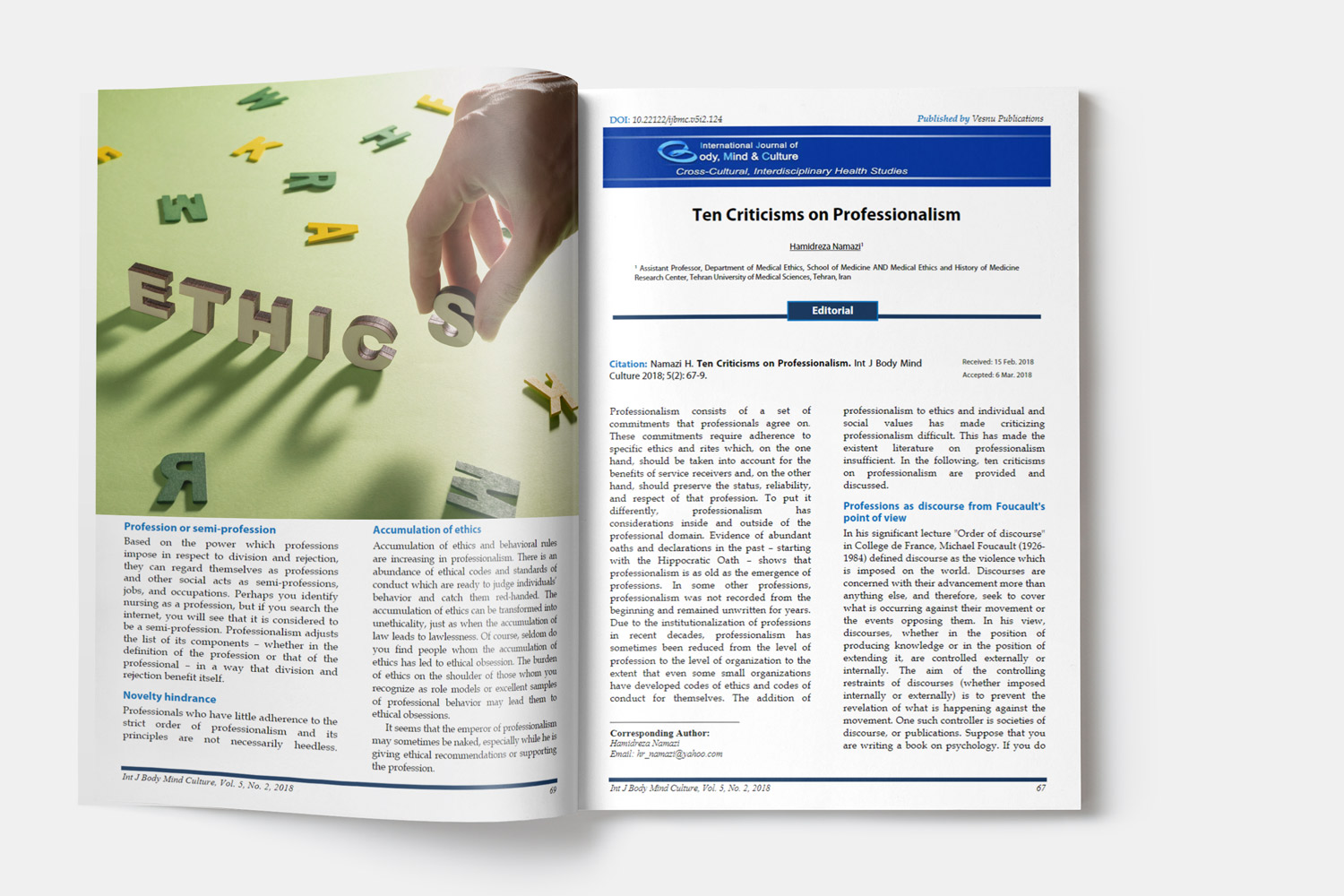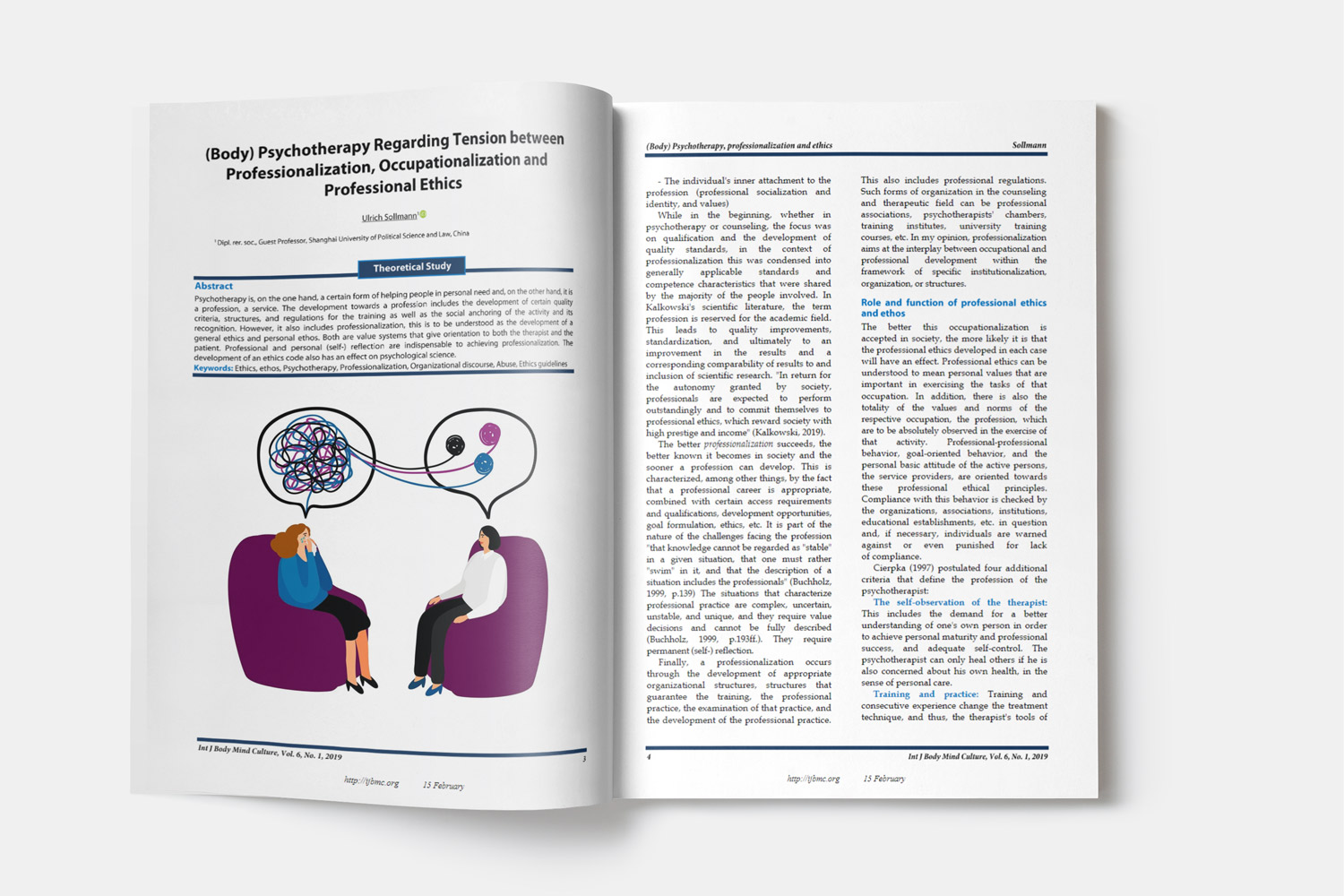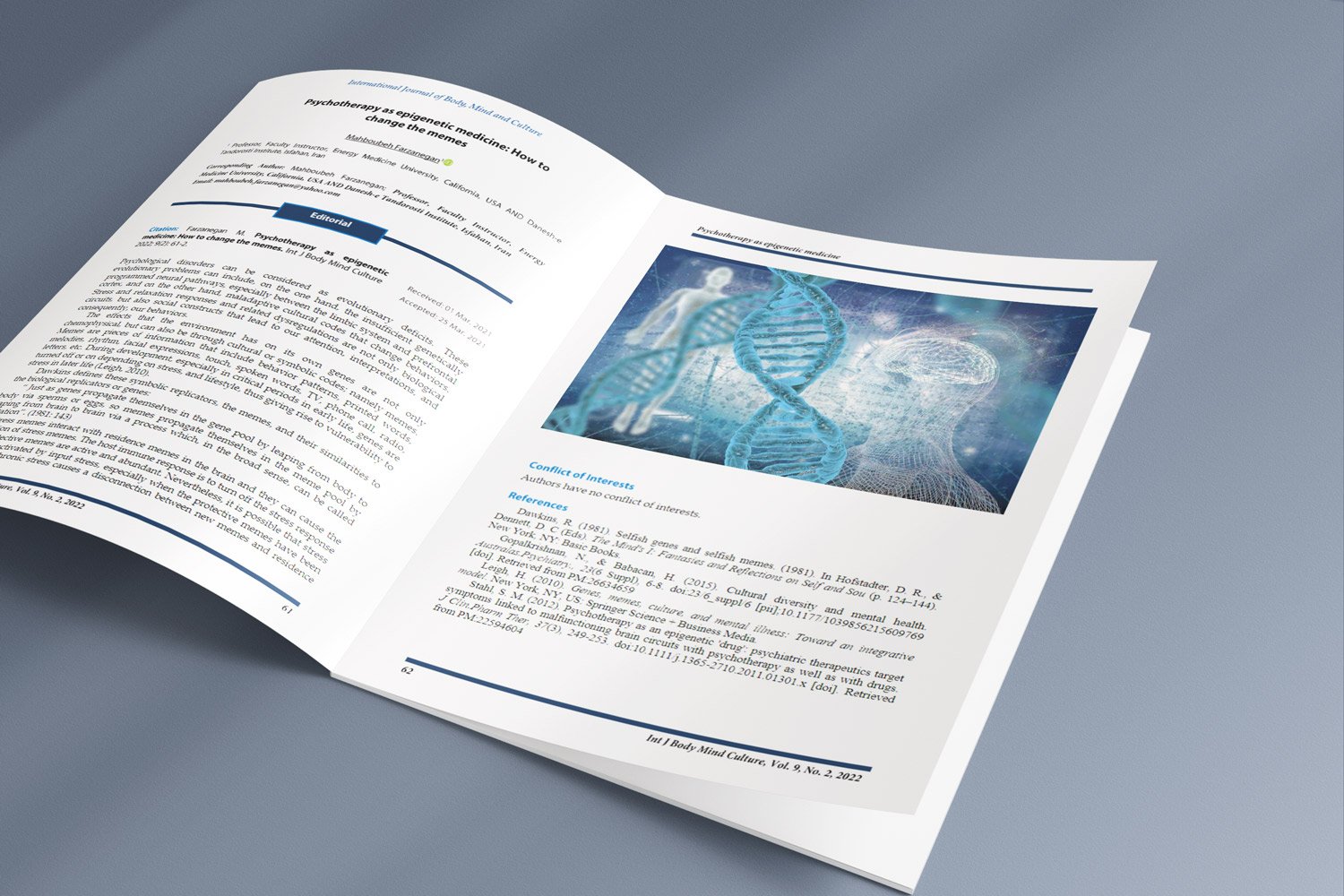Designing and Validating a Structural Model for Academic Engagement based on Personal, Family, Peer, and Educational Factors with the Mediating Role of Academic Buoyancy in University Students
Downloads
Background: The aim of this study was to design and validate a structural model for academic engagement based on personal, family, peer, and educational factors with the mediation role of academic buoyancy in university students.
Methods: This study was a correlational research based on structural equation modeling. The statistical population included all students of Esfarayn University (Iran). In this research, 304 students (253 boys and 51 girls) were selected as the participants using random cluster sampling. The Academic Engagement Scale (Fredericks, Blumenfild, & Paris, 2004), Academic Buoyancy Scale (Dehghanizade & Hosseinchari, 2012), Academic Self-efficacy Scale (Owen & Feraman, 1998), Help-seeking Questionnaire (Ryan & Pintrich, 1997), Multidimensional Scale of Perceived Social Support (Zimet, Dahlem, Zimet, & Farley, 1988), Perceived Parenting Style Questionnaire (Baumrind, 1967), Transformational Teaching Questionnaire (TTQ) (Beauchamp et al., 2010), and Perception of Classroom Structure Questionnaire (Blackburn, 1998) were used to measure the variables under study. The significance level in this study was considered to be 0.05. The data analyses were performed using SPSS software.
Results: Data analysis showed that academic self-efficacy, acceptance of help-seeking, perceived social support, authoritative and permissive parenting styles, perception of classroom structure, and transformational teaching have a direct effect on academic engagement (P < 0.01). Furthermore, academic self-efficacy, acceptance of help-seeking, perceived social support, authoritative and permissive parenting styles, perception of classroom structure, and transformational teaching have indirect effects through academic buoyancy on academic engagement (P < 0.01).
Conclusion: In total, the research variables were able to predict about 55% of the variance of academic engagement.
Downloads
Copyright (c) 2022 International Journal of Body, Mind and Culture

This work is licensed under a Creative Commons Attribution-NonCommercial 4.0 International License.






